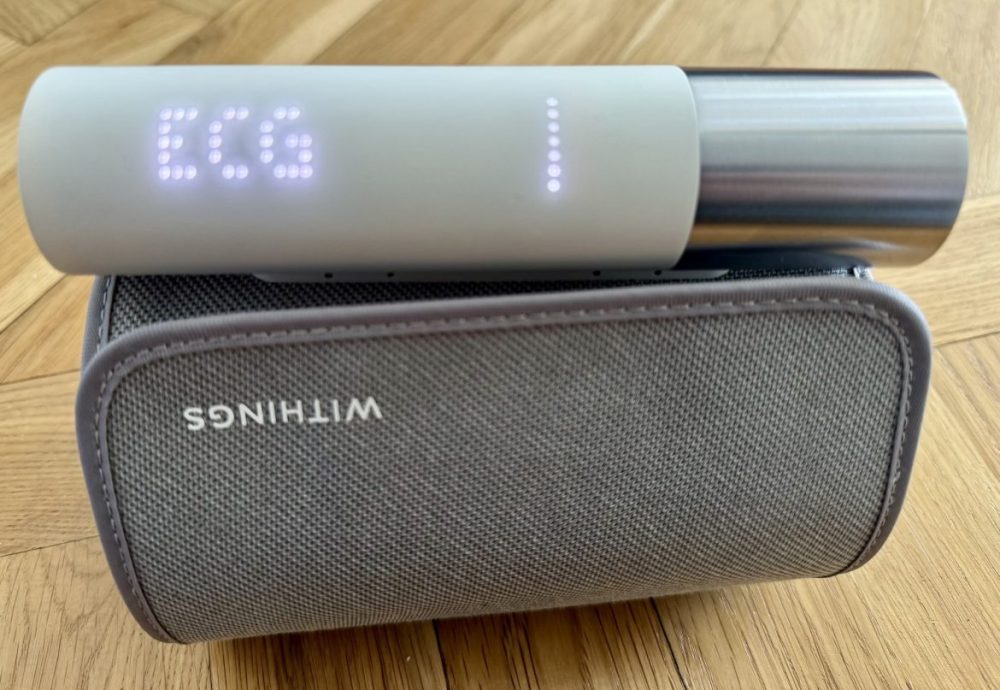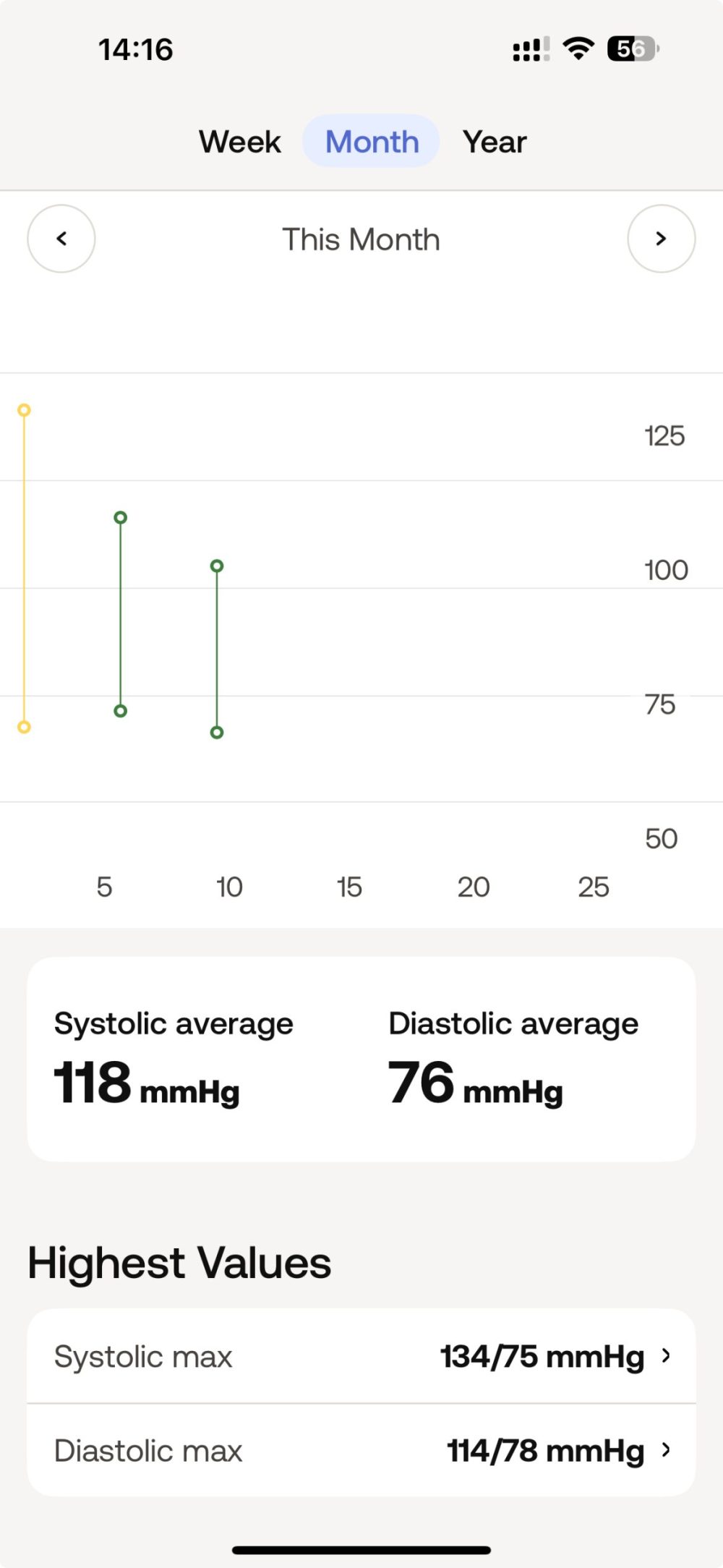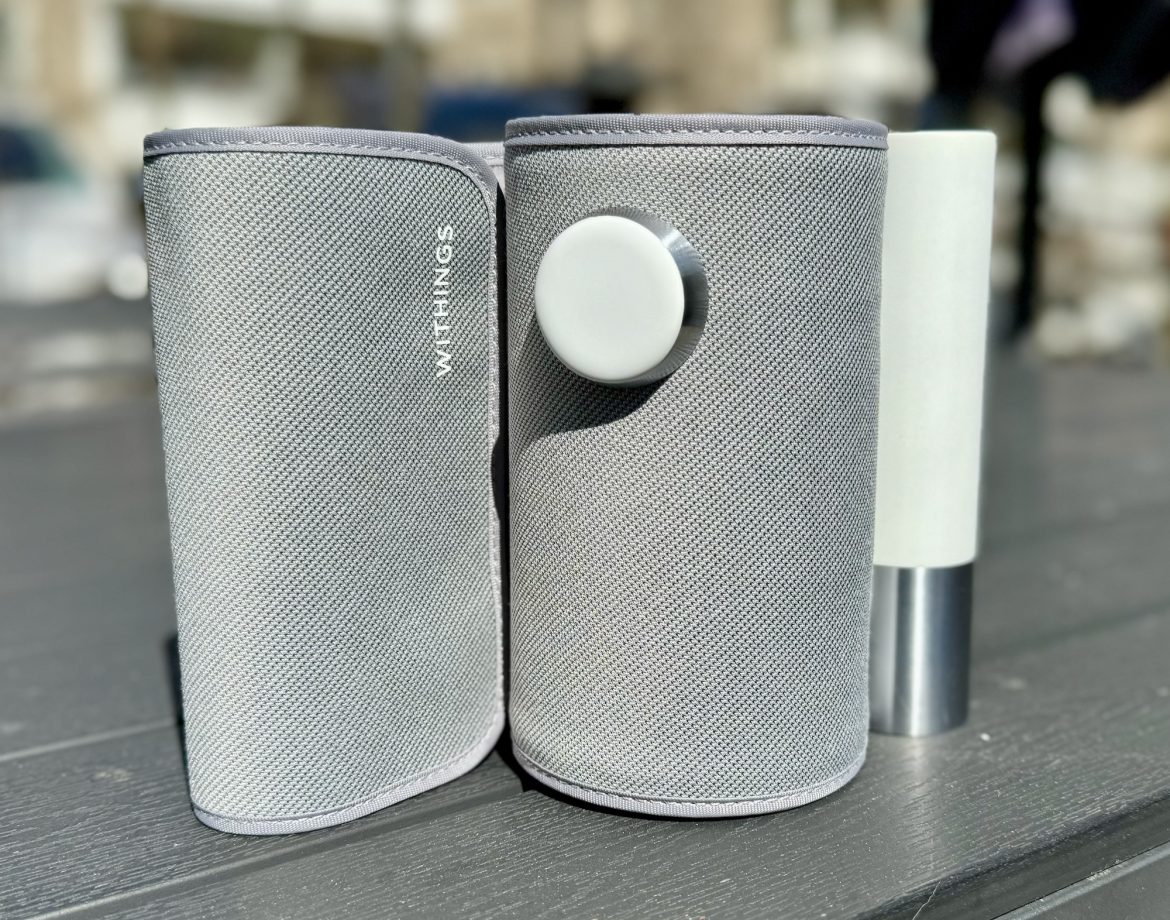TL;DR
Withings' BPM Core is a stylish, Wi-Fi-enabled blood pressure monitor that also takes ECG readings to detect potential heart issues. It's easy to set up and syncs data to a user-friendly app, allowing for trend tracking and sharing with doctors. While accurate and comfortable for blood pressure checks, the ECG feature requires a very quiet environment and precise placement, making it a bit finicky. Despite a premium price tag (2,500 SEK) and some minor touch interface delays, it's a solid, convenient device for proactive health monitoring, especially for those over 40. Curious to see if its advanced features justify the cost? Dive into the full review!
May 17th is recognized globally, notably as Norway’s national day. It also marks World Hypertension Day, an initiative dedicated to raising awareness about a critical health metric: blood pressure. Blood pressure monitoring is a vital practice for all individuals, particularly as they age. Hypertension is prevalent in Western societies and is a significant contributor to premature mortality from cardiovascular diseases. Statistics indicate that over half the Swedish population is unaware of their blood pressure levels. Are you informed about yours?

Modern technology has made at-home blood pressure monitoring accessible. Significant advancements have occurred since our prior review of the Braun ActivScan 9. Withings, a French company specializing in home health products, recently launched the BPM Core: a fully automated, Wi-Fi-enabled blood pressure monitor featuring a dedicated smart app and rechargeable battery. This review assesses whether its 2,500 SEK price point is justified.
The BPM Core embodies the signature “Withings” aesthetic: a stylish design that conveys premium quality. Connecting to the Withings health app is straightforward, consistent with our experience with other Withings products, such as the ScanWatch. The cuff secures to the left upper arm, and a single button press initiates blood pressure measurement, ECG recording (detecting potential heart murmurs indicative of atrial fibrillation), or both, configurable for single or triple measurements. Data is seamlessly logged within the app, allowing users to track trends over time and generate PDF reports for sharing with healthcare providers. The touch control interface on the device’s cylinder exhibits a slight delay in registering touch inputs, which is necessary for selecting the desired program; this function cannot be controlled exclusively through the app.

Overall, the BPM Core provides a positive user experience. The device ships fully charged (via an included micro-USB cable, a somewhat dated connection) and it is recommended to rest for approximately 15 minutes prior to taking a measurement. As a medically approved device with high sensitivity, the BPM Core’s readings are significantly impacted by adherence to rest protocols and proper measurement technique. The cuff incorporates a metallic section for pulse measurement and a plastic circle acting as a stethoscope. During ECG recordings, this stethoscope should be pressed against the chest to capture heart sounds. A minimum of five measurements, taken at different times, are required to generate a comprehensive assessment. A completely quiet environment is crucial; even slight ambient noise, such as that from an open window or heavy breathing, can interfere with the recording. Achieving a usable heart sound recording required considerably more than five attempts. A bare upper body is also recommended to minimize interference from clothing sounds.
Blood pressure measurements are accurate, straightforward, and comfortable. The cuff inflation is gentle and controlled, unlike some devices that apply excessive pressure. Results are clearly presented, utilizing color-coded indicators ranging from green (normal) to yellow (caution) and red (seek medical advice).

Is the BPM Core worth its 2,500 SEK price tag? The cost reflects its premium build and feature set, positioning it as a leader in its class regarding precision, ease of use, and convenience. The device is cordless, eliminates the need for battery replacements, and offers a compact form factor for storage. Future iterations could benefit from improvements, considering the current model’s age. At this price point, premium features are expected; the touch surface and the stethoscope’s sensitivity to ambient noise (requiring an exceptionally quiet environment for proper function) could be refined. Nevertheless, the BPM Core remains a highly capable device, recommended for individuals seeking enhanced control over their health. While frequent measurements may induce health anxiety in younger or generally healthy individuals, those over 40, and particularly those over 50, may find it beneficial to monitor their blood pressure regularly, according to their individual needs and medical history.
Withings provided a test unit for this review. The provision of review units does not influence our editorial independence.

